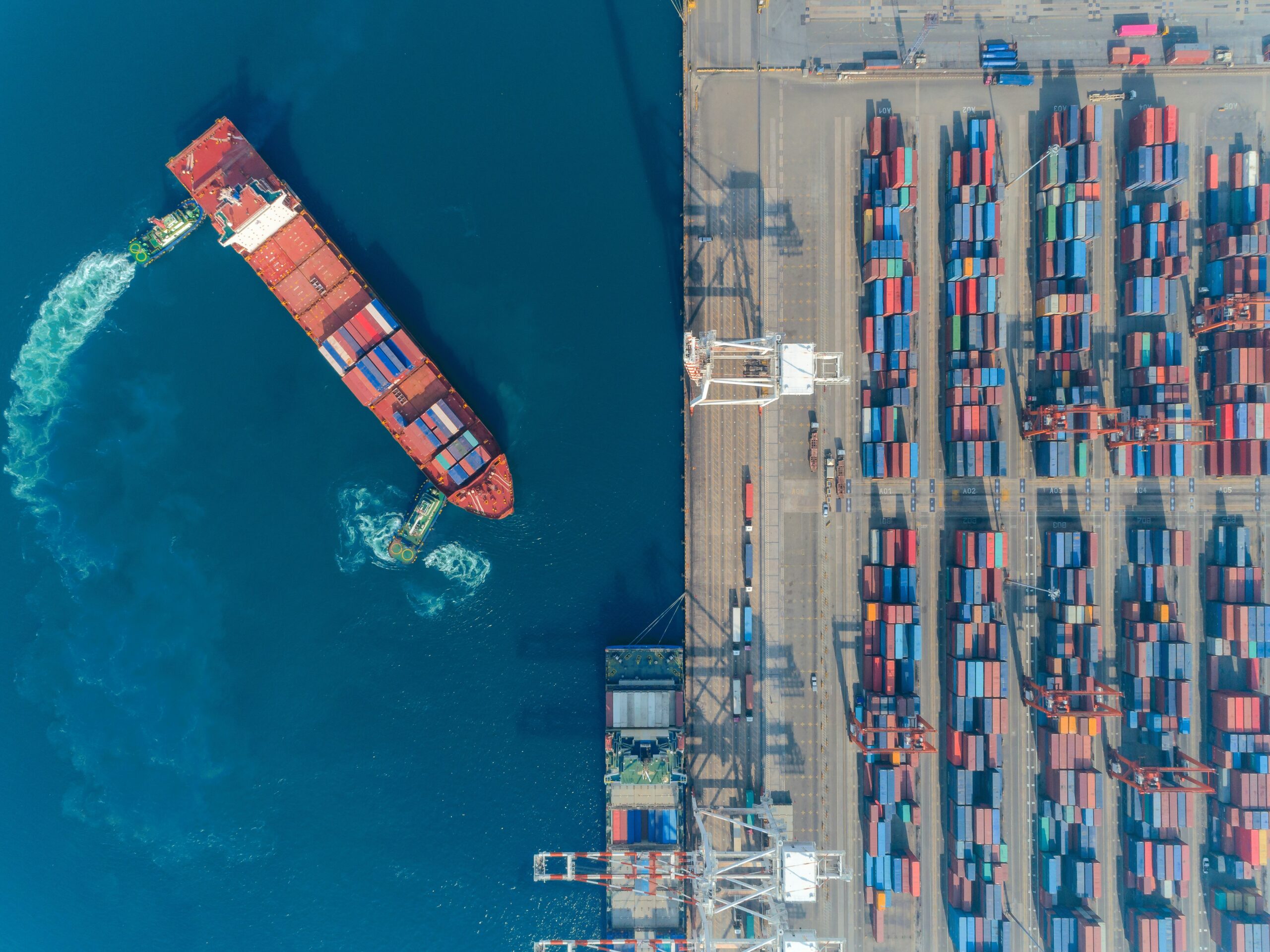
In today’s increasingly interconnected world, international trade is more than just the exchange of goods and services. It represents the complex network of relationships between nations, businesses, and people, all striving for economic growth and mutual benefit. As globalization continues to shape the modern economy, understanding the dynamics of international trade has become essential. Despite its potential for promoting development and prosperity, international trade also brings with it a variety of challenges that nations must carefully navigate.
The Promise of Global Markets
One of the most significant opportunities presented by international trade is access to global markets. Countries are no longer limited to their domestic consumers. Businesses can sell products and services across borders, reaching millions of new customers. This access fosters economic growth, creates jobs, and allows countries to specialize in producing goods where they have a competitive advantage. For example, a country with rich natural resources might focus on exporting raw materials, while another with strong technology infrastructure might concentrate on manufacturing or software development.
Global trade also encourages innovation. Exposure to international competition pushes companies to improve the quality of their products and services. It drives investment in research and development, helping firms stay ahead in a fast-paced global market. In addition, consumers benefit from a broader range of goods and services at competitive prices, which improves living standards and fosters a more dynamic marketplace.
Challenges of Fair Competition
Despite the clear advantages of global trade, it comes with its own set of difficulties. One of the most pressing issues is the challenge of fair competition. Countries vary widely in terms of labor costs, environmental standards, and regulatory practices. As a result, companies in countries with less stringent regulations may produce goods more cheaply, creating an uneven playing field for others. This often leads to tension between nations and raises concerns about worker rights, environmental degradation, and ethical business practices.
In response to these concerns, many governments impose tariffs or trade restrictions to protect local industries. While these measures can support domestic economies in the short term, they may also trigger trade disputes or retaliatory actions. This can lead to trade wars, which hurt all parties involved by reducing trade volumes, raising costs, and damaging economic growth.
The Role of Technology and Digital Trade
Another major factor shaping the dynamics of international trade is technology. The rise of the internet and digital platforms has made it easier than ever for businesses of all sizes to reach global customers. E-commerce platforms allow even small companies to sell products globally with minimal upfront investment. Services such as cloud computing, digital marketing, and online banking have further simplified cross-border operations.
However, digital trade also introduces new challenges. Cybersecurity risks, data privacy concerns, and differing regulations between countries can create barriers for online commerce. Additionally, access to digital infrastructure is uneven across the world. Developing countries may struggle to take full advantage of digital trade due to a lack of reliable internet access or technological expertise. Bridging this digital divide is essential to ensuring that all nations can benefit from the digital economy.
Supply Chain Vulnerabilities
The global nature of modern trade has also created complex supply chains that stretch across multiple countries. While this allows for more efficient production and lower costs, it also introduces new risks. Natural disasters, political unrest, pandemics, or other disruptions can severely impact supply chains and halt production. The COVID-19 pandemic highlighted these vulnerabilities, as many countries faced shortages in medical supplies, semiconductors, and other critical goods due to global supply chain disruptions.
As a result, many businesses and governments are now rethinking their trade strategies. Some are looking to diversify their suppliers or bring production closer to home in a practice known as reshoring. Others are investing in supply chain technologies and risk management tools to increase resilience and adaptability in the face of future disruptions.
Trade Agreements and Global Cooperation
To manage the complexities of international trade, countries often enter into trade agreements. These agreements set rules and standards for how trade is conducted, aiming to reduce barriers and promote cooperation. Well-known examples include the United States-Mexico-Canada Agreement (USMCA) and the European Union’s single market. Such agreements help provide stability and predictability for businesses, encouraging investment and economic collaboration.
However, negotiating trade agreements is often a delicate process. Countries must balance national interests with the need for international cooperation. Political tensions, economic competition, and differing priorities can make it challenging to reach a consensus. Yet, in an interconnected world, the importance of dialogue and collaboration cannot be overstated.
Embracing a Shared Future
International trade remains a powerful engine for economic growth and global development. It connects people and ideas, creates opportunities for innovation, and lifts millions out of poverty. However, to harness its full potential, countries must work together to address the challenges it brings. Ensuring fair competition, investing in technology, strengthening supply chains, and fostering cooperation through trade agreements are all essential steps toward a more inclusive and resilient global economy.
As we move deeper into the 21st century, the success of international trade will depend not only on economic strategies but also on the willingness of nations to work together for the common good. By embracing both the opportunities and responsibilities of global commerce, the world can build a future that benefits everyone.